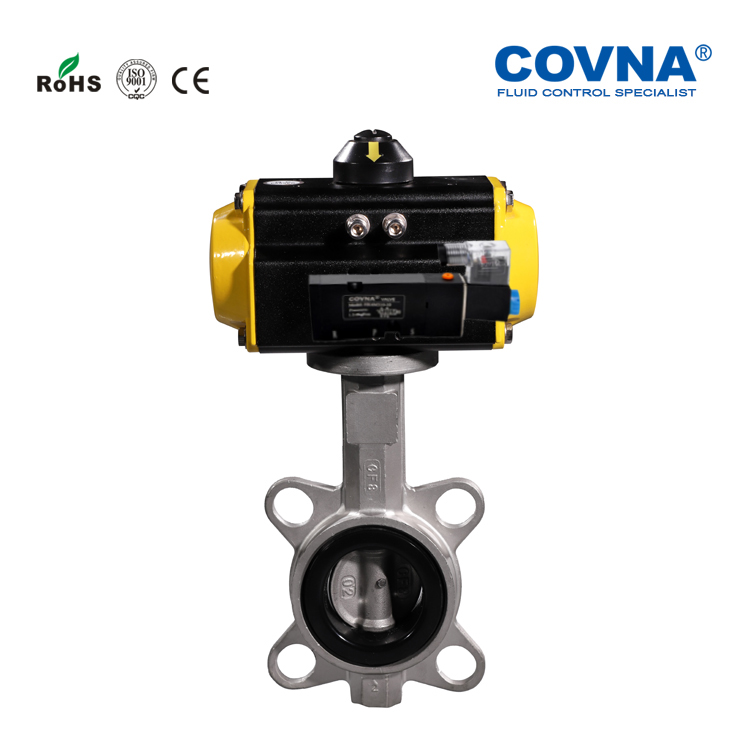With the rapid development of many industrial fields in our country, industrial automation has completely replaced manual operating systems, especially the use of various automatic control valves. With its unique structural characteristics, electric butterfly valves have become one of the most used valve types. First, the scope of application is also the most extensive. However, in different working conditions, it is particularly important to choose different electric butterfly valves, not to waste costs, and to save resources. In terms of valve sealing structure, electric butterfly valves can be divided into two categories: soft seal and hard seal. What is the difference between them? Which one has more advantages? How should we distinguish between them?

The difference between the electric hard-sealed butterfly valve and the electric soft-sealed butterfly valve is mainly reflected in the performance and structure. The two types of seals can complement each other. Each has advantages and disadvantages. The advantage of one side may be the disadvantage of the other. When choosing, you must analyze your own needs, working conditions, etc., and choose the right product.

The main differences are as follows:
- From the structure:
Electric soft-sealed butterfly valves are mostly in the mid-line structure. The sealing materials are generally fluoroplastics, rubber, resins, etc., which have good corrosion resistance and sealing performance. Different parts and materials can be selected for various media.
Electric hard-sealed butterfly valves are mostly single-eccentric, double-eccentric and triple-eccentric butterfly valves. The sealing is mostly stainless steel + hard alloy. Among them, the three-eccentric butterfly valve has no friction transmission between the sealing surfaces, and has the characteristics of high temperature resistance, wear resistance, and good mechanical properties. - Temperature resistance: soft seal is used in normal temperature environment, hard seal can be used in low temperature, normal temperature, high temperature and other environments.
- Pressure: soft seal low pressure-normal pressure, hard seal can also be used in working conditions such as medium and high pressure;
- Sealing performance: The soft sealing butterfly valve has better sealing performance and can reach zero leakage. The disadvantage is that it is easy to age, wear, and has a short service life. The hard-sealed butterfly valve can maintain good operation under high pressure and high temperature, is relatively resistant to wear, has good mechanical properties, and has a long service life, but the sealing performance is poor!
When the electric butterfly valve is opened and closed, it not only saves effort, but also has a small flow resistance. It is convenient and quick to operate, light in weight, small in size, and has a relatively simple structure. Customers can choose a soft-seal or hard-seal butterfly valve reasonably according to economic conditions, medium conditions used, and on-site environment.

PDF Get-a-Product Catalogue